2023 June 22
2023 June 22
Two insects, a bug and a moth, not at all related but both bearing the species name dimidiata, arrived today. The bug is sometimes spelled dimiata. For the “correct” spelling, one is supposed to use the spelling given in the original scientific publication of the organism – usually in some very ancient and obscure journal. I have not seen the original description by Thomas Say, though I believe it was dimiata. Nevertheless, dimidiata seems to be used today at least as often as dimiata.
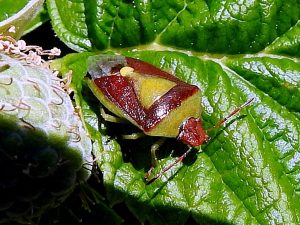 Banasa dimidiata (or dimiata) (Hem.: Pentatomidae) Val George
Banasa dimidiata (or dimiata) (Hem.: Pentatomidae) Val George
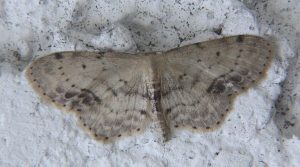 Idaea dimidiata (Lep.: Geometridae) Jeremy Tatum
Idaea dimidiata (Lep.: Geometridae) Jeremy Tatum
Here is an ovum of a Polyphemus Moth found on the underside of a willow leaf at Munn Road today.
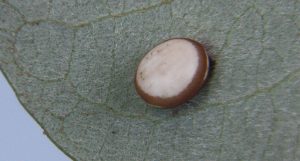 Polyphemus Moth Antheraea polyphemus (Lep.: Saturniidae) Jeremy Tatum
Polyphemus Moth Antheraea polyphemus (Lep.: Saturniidae) Jeremy Tatum
Jeremy Tatum writes: Here are a female Malacosoma californicum and a female Malacosoma disstria. In M. californicum, the two transverse lines are bicolorous. The PM line is edged with pale distad, and the AM line is edged with pale basad. The transverse lines of M. disstria are unicolorous. Note also in M. disstria the strongly marked veins, particularly between the transverse lines. The veins are not nearly as obvious in M. californicum. If I can, I’ll try and get two males and show them later.
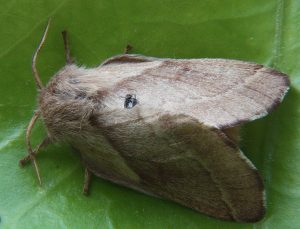 Female Malacosoma californicum (Lep.: Lasiocampidae)
Female Malacosoma californicum (Lep.: Lasiocampidae)
Jeremy Tatum
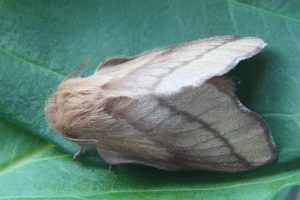 Female Malacosoma disstria (Lep.: Lasiocampidae)
Female Malacosoma disstria (Lep.: Lasiocampidae)
Jeremy Tatum
